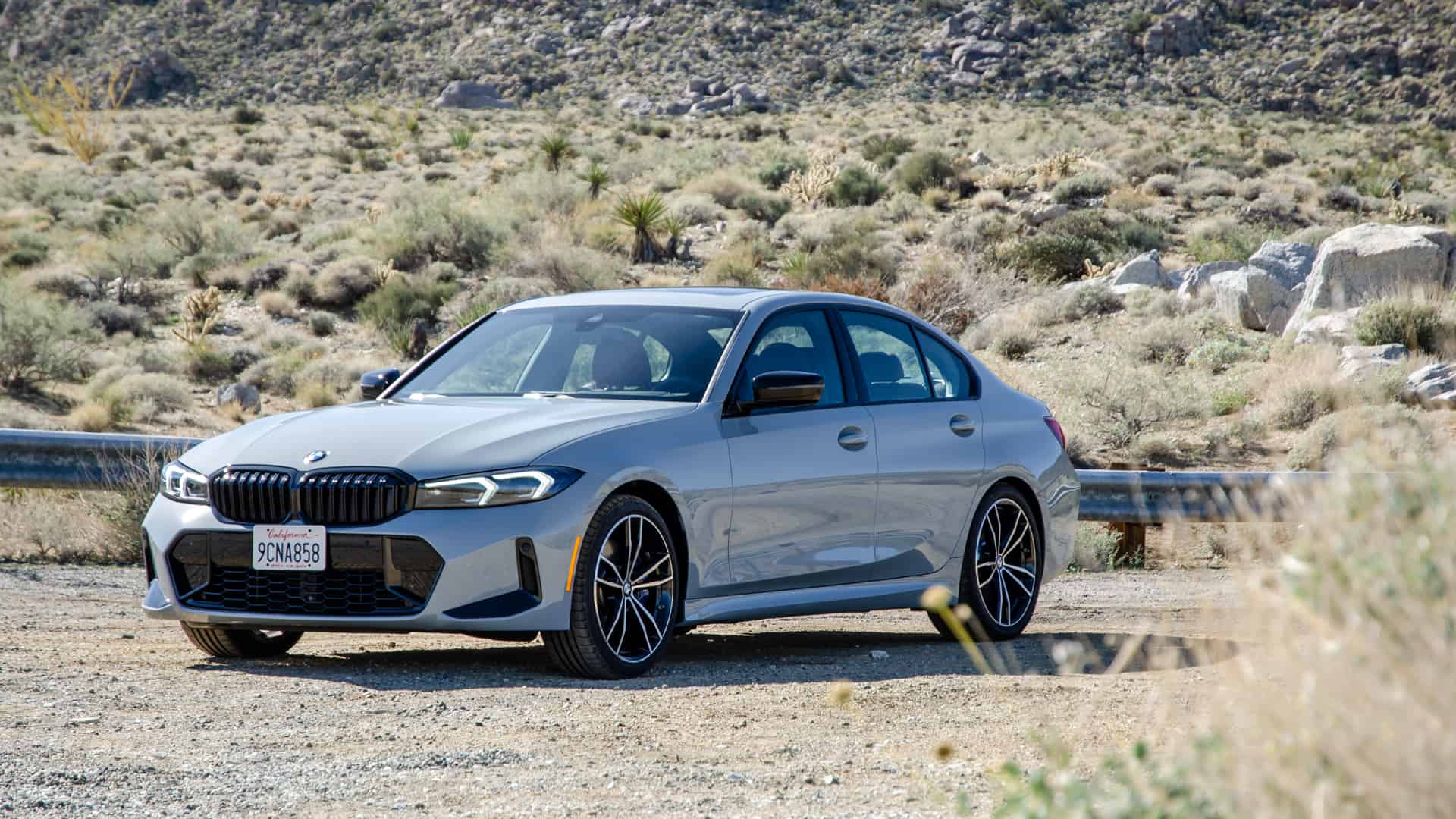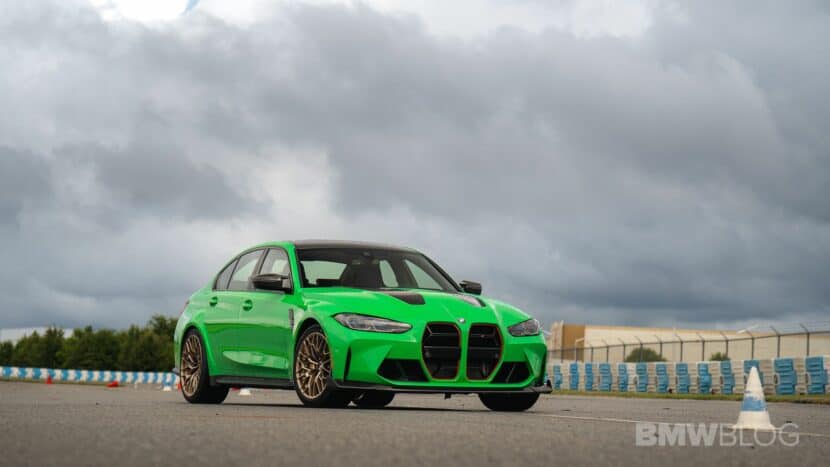As is usually the case with a model from a luxury brand, there is a huge discrepancy in pricing between the base 3 Series and the flagship version. The cheapest G20 available in the United States is the rear-wheel-drive 330i, for which BMW will charge you $44,500 MSRP. At the other end of the lineup, an M3 CS starts at $118,700.
So, what do you get after spending more than two and a half times more? The folks over at Donut decided to answer this question by pitting the cheapest version against the priciest of the bunch. It’s evident that the 330i and M3 CS target different demographics, as no one in their right mind would ever cross-shop the two models given the massive price gap. Still, it’s interesting to see what paying an extra $74,200 gets you.
At the Willow Springs racetrack near Rosamond in California, the M3 CS took 1 minute and 23.75 seconds to complete the lap. How did the lesser 330i fare? It crossed the finish line in 1 minute and 34.25 seconds, making it a substantial 10.5 seconds slower than the crown jewel of the 3er lineup.
There are downsides to opting for the M3 CS, as it features a stiffer suspension setup that makes the ride harsher. Additionally, it sits lower to the ground, and when combined with the carbon fiber front splitter, there is a constant concern about potential damage to the front. As the super saloon prioritizes weight reduction, it comes with a carbon roof. In contrast, the cheapest 330i comes standard with a two-way power sunroof.
On a twisty road and on the track, the M3 CS will be the more enjoyable car, but the 330i is a better all-rounder for a fraction of the price. It comes down to what you want from a car, and thankfully, BMW offers a vast 3 Series lineup. This is especially true in Europe, where they sell a more practical wagon, complete with M Performance versions (M340i, M340d) and the mighty M3 Touring G81. In fact, there’s even a long-roof M3 CS slated for release in 2025.
Source: Donut / YouTube






































































